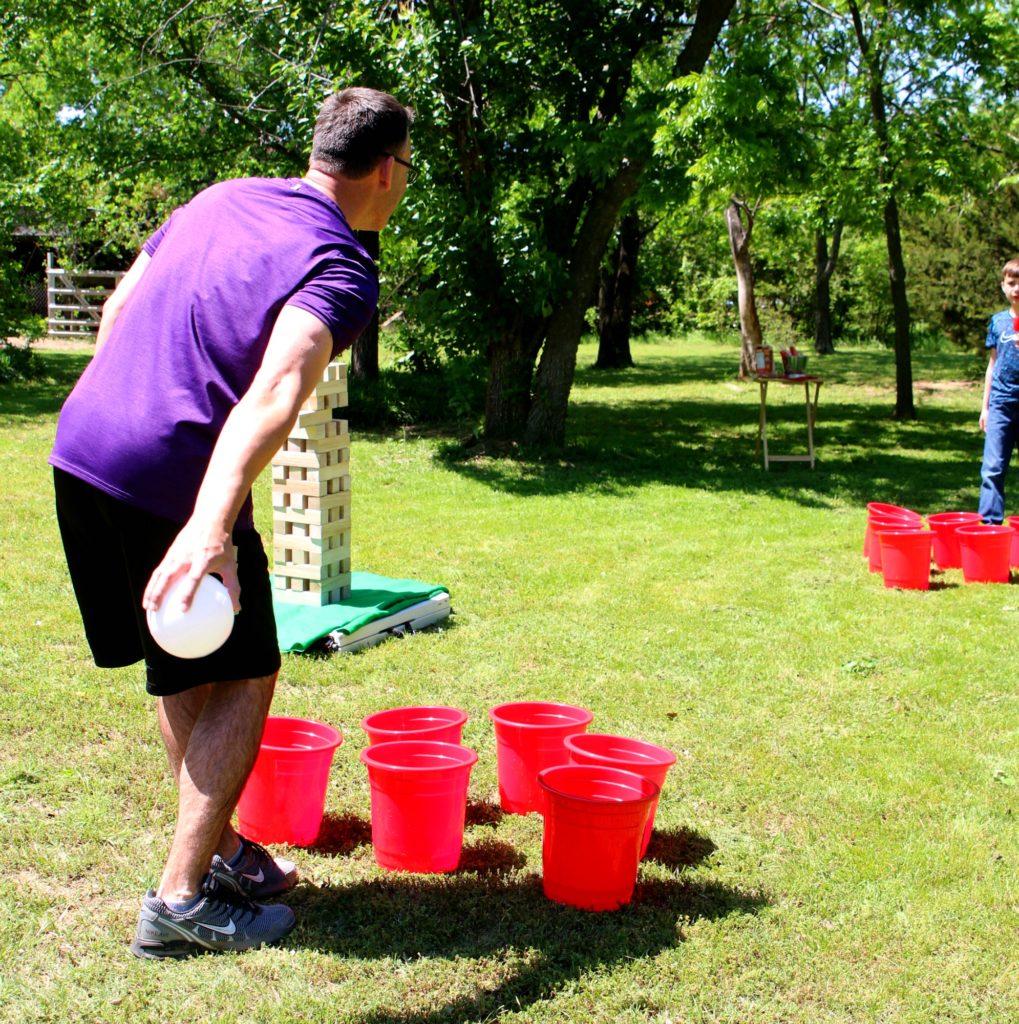8 Methods of Controlling Broadleaf Weeds Growth in Your Lawn
Broadleaf weeds are a common problem in lawns, and they can quickly take over if left unchecked. In this article, we will discuss eight methods of broadleaf weed control on your lawn. We’ll explain the importance of identifying different types of weeds, how to spot them before they become a problem, and ways to battle them. With the right methods and some effort, you can keep your lawn clear of broadleaf weeds in no time.

#1. Identifying the Weeds
Before you start controlling weeds, it’s important to know what kind of weed you are dealing with first. Different types of weeds require different approaches for removal. Common broadleaf weeds in Texas include Bermuda grass, crabgrass, oxalis, and dandelion.
Sometimes, weeds can be confused with other grasses or plants. So, make sure you are familiar with the identifying characteristics of each weed before you try to remove them.
This step is especially important when using herbicides, as certain kinds of weed killers will only target specific plants.
#2. Spotting Weeds Before They Spread
The best way to keep broadleaf weeds from taking over your lawn is to spot them before they get too big. Early detection is key for effective removal and control.
Look out for areas where the grass is sparse or weak, as this could be a sign that weeds are beginning to take over. You might also notice patches of color in your lawn that don’t match the surrounding grass; these are likely weeds.
If you start to spot more and more of these characteristics, it’s time to act quickly and start controlling the weeds.
#3. Manual Removal
The most straightforward way of controlling broadleaf weeds is manual removal. Hand-pulling or digging out the plants can be a great option for smaller areas, especially if you don’t want to use herbicides. It also gives you the chance to remove any weeds you spot before they have a chance to spread.
When a manual removal is an option, be sure to wear gloves and use appropriate tools (such as shovels). This can help make the job easier and prevent damage to your lawn.
At some point, manual removal may no longer be feasible if the weeds have taken over too much of your lawn. In that case, you might need to consider other methods for weed control.
#4. Applying Herbicides
Applying herbicides is the most popular way to get rid of broadleaf weeds in Texas. This method works by killing the weeds and preventing them from spreading further.
Herbicides come in various formulations, including liquid, granular, and powder forms. There are also weed killers that target specific types of plants; for example, some herbicides only target these weeds while others focus on grassy or woody plants.
No matter which type of herbicide you choose, always read and follow the instructions on the label to ensure safety.
#5. Cutting Weeds
Cutting weeds can be a quick and convenient way to control their growth without the use of herbicides. This method works best for larger areas, as it can help reduce the overall size of the weeds.
Make sure to use sharp tools when cutting the weeds; dull blades can cause damage to your lawn and make the job take longer. After cutting, dispose of the weeds immediately to prevent them from regrowing.
Remember to cut only the top part of the weed; leaving the root can allow it to regrow and spread even further.
#6. Mulching
Mulching is a great way to help prevent broadleaf weeds from taking over your lawn. The mulch creates a barrier that blocks sunlight and keeps the weeds from getting established in the first place.
When applying mulch, be sure to use organic materials such as grass clippings, shredded leaves, or wood chips. Spread the materials around 1-2 inches deep and water them regularly to keep them moist.
Mulching can take some effort, but it’s well worth it if you want to keep broadleaf weeds from taking over your lawn for good.
#7. Re-seeding
Re-seeding is an important step in keeping broadleaf weeds from taking over your lawn. When grasses are strong and healthy, they can compete with the weeds for resources and prevent them from spreading further.
When it’s time to reseed, use high-quality grass seed appropriate for your region’s climate and soil type. After that, until the new grass takes hold, make sure to water the area frequently and keep weeds at bay.
#8. Hire a Professional
If you’ve tried all of the above methods and still can’t get rid of the weeds, it may be time to hire a professional. A lawn care specialist can provide effective weed control services that target broadleaf weeds and keep them from returning.
Hiring a professional may cost more than other methods, but it can save you time and energy in the long run. Plus, they’ll be able to provide advice on how to best maintain your lawn so that weeds won’t have a chance to take over again.
When you’re dealing with broadleaf weeds, it’s important to take action quickly before they have a chance to spread. With the right strategy and a bit of effort, you can keep them from taking over your lawn for good.
